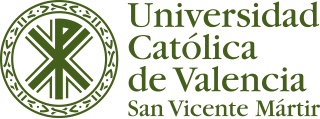Bladder emptying is controlled by reflexes. When the urine enters the bladder, it stretches the smooth muscle and creates a tension and stretches the muscle. This initiates a stretch reflex that inhibits bladder to contract, stimulate the inner sphincter to keep closed and stimulate contraction of the external sphincter. In other words, the filling of the bladder initiates a stop mechanism for emptying.
After about 200 ml of urine is collected in the bladder, nerve signals are sent to the central nervous system triggering the need to urinate. Contractions of the bladder will only then be initiated. When you are ready to urinate the voluntary mechanism is initiated by the parasympathetic neurons from the pons which stimulate contraction of the bladder (detrusor muscle), the opening of the internal sphincter and inhibit the external sphincter. The urine is excreted (micturition takes place).
If it is not convenient to urinate, the cerebral cortex blocks the reflex that initiates contractions in the bladder and urine continues to be collected in the bladder. After an additional 200-300 ml filling the micturition reflex is initiated again. The cycle repeats until the urge to urinate is so strong that it can no longer be inhibited.



